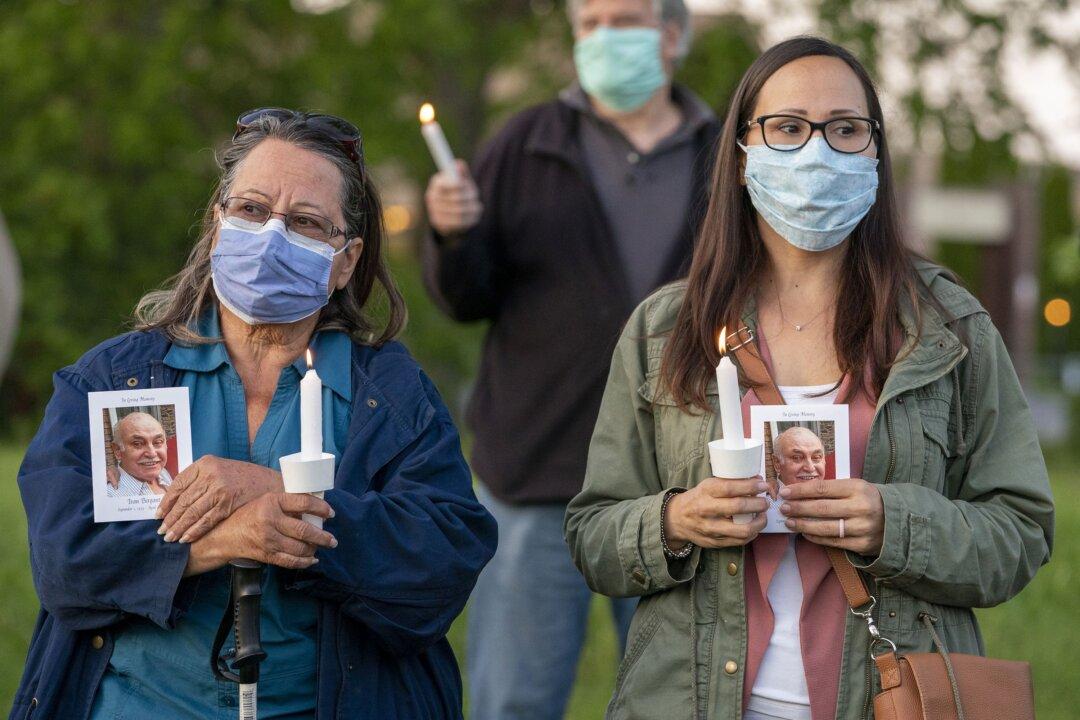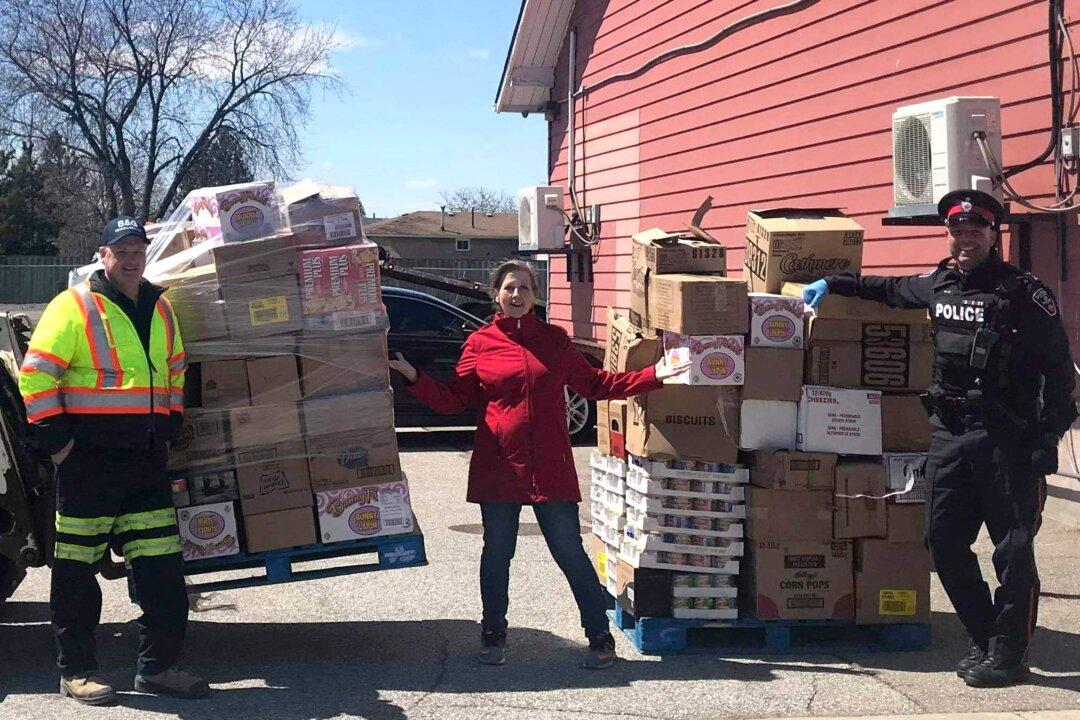When the pandemic lockdown began back in March, educators were left scrambling to adapt to teaching online and had to quickly figure out how to create as efficient and engaging a learning environment as possible.
Kevin White, who teaches Grade 8 at Morning Star Middle School in Mississauga, Ont., says it felt like his class had been “ripped apart” because the change was so sudden and dramatic.




